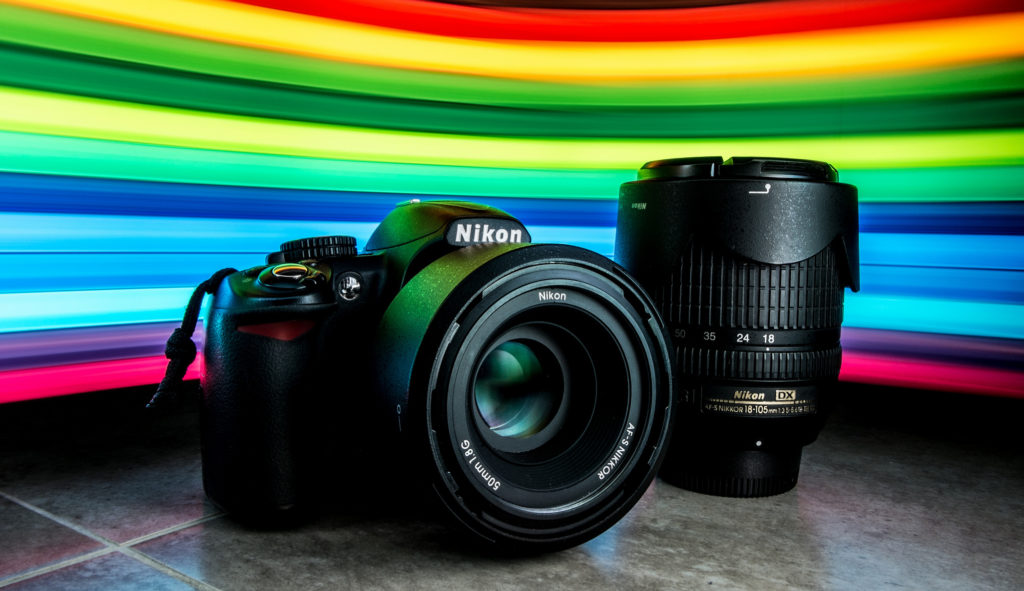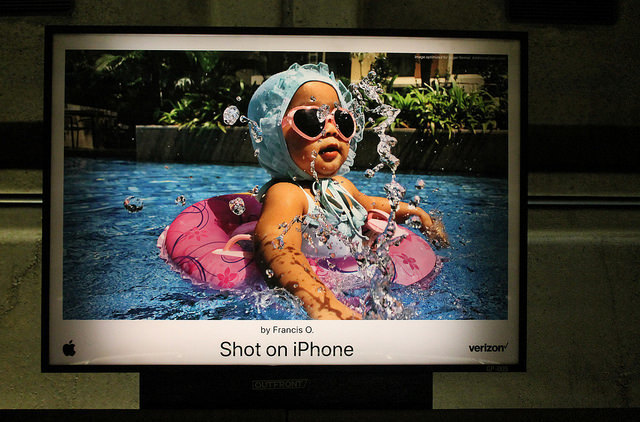Creativity
Marketing Digital Disruption: How Approachable Content Can Help Consumer Tech Brands Compete
By Jonathan Crowl on April 9, 2019
Smartphones and mobile apps have given consumers a many-in-one replacement for all kinds of products. From digital cameras and GPS units to investment services and beyond, mobile disruption has largely replaced these premium products, services, and solutions with more cost-effective, pocket-sized ones.
This is great news for digital companies and smartphone manufacturers, which are currently reaping the gains of this disruptive marketing strategy. But for many consumer tech brands, this marketing digital disruption poses an imminent threat to their future. The digital camera market is perhaps the best example of how cheaper, convenient mobile technologies can put the squeeze on entire product markets: In a recent interview, the CEO of Canon predicted that the global market for standalone digital cameras might plunge by 50 percent within the next two years.
With such market disruption hitting the premium camera market so hard, brands like Canon and Nikon are rethinking their current marketing strategy and developing content campaigns to leverage their technology and its unique selling points. Here's a look at the strategies these brands are using to fight back against this marketing digital disruption and to tell stories that truly resonate with audiences.
Weaving Consumer Products into Everyday Life
One of the advantages that both Canon and Nikon can leverage in their marketing is the role of cameras in capturing beautiful everyday moments. Although smartphones deserve most of the credit for spawning visual-centric social networks like Instagram and Snapchat, as well as democratizing photography by giving its tools to everyone with a mobile phone, broad participation in photography and video-recording is exactly why these brands shouldn't be sitting back-and why they should be marketing their best-in-class products more than ever before.
Where smartphones offer simplicity and functionality, premium camera brands are able to position their products as storytelling tools that enable brands to become co-creational partners with their buyers. As Marketing Week points out, Canon has pursued this marketing opportunity by shifting its campaigns from product-centric to consumer-centric. Instead of highlighting its products and their specifications, the company's new marketing strategies highlight Canon's ability to help consumers create powerful, interesting stories-and even to chase stories and experiences they would otherwise consider off-limits.
One culmination of this marketing shift is Canon's TV ad campaign, "Live for the Story."
This customer-centric approach mimics the strategy iPhone and other smartphone brands have used to promote their device's cameras to consumers. Instead of getting into the messy details about its product's technical capabilities, iPhone stirred up consumer interest by simply showcasing the high-quality photos its devices could capture from everyday life. Now, Canon is doing the same, and it's helping the brand forge stronger emotional relationships with its target audience.
Selling a Premium Experience
Canon and Nikon may be taking a more emotionally resonant, customer-centric approach to marketing their products, but they aren't giving up on their unique selling proposition as a company delivering premium cameras that offer premium experiences. Both companies still engage in partnerships with bloggers, photographers, and influencers to showcase the capabilities of their cameras, and to gain exposure and brand awareness among professional photographers and videographers, as well as dedicated hobbyists seeking quality equipment.
Canon recently teamed up with YouTube influencer Devin Graham for a campaign which featured a unique, high-quality video of Graham slipping and sliding out of an airplane. According to Digiday, the video-which highlighted the professional-grade capabilities of Canon's cameras-generated more than 300,000 views on YouTube.
Such high-end experiences and production values highlight the distinction between traditional smartphone cameras and the high-end equipment offered by camera tech brands. Meanwhile, these brands are using Instagram to continue highlighting some of the technical attributes of their cameras' capabilities, including the high degree of customization that's possible when using a professional-grade, standalone digital camera.
Note the use of #MyCanonStory on the above Instagram post: While quality and customization are emphasized in the post, the company is making a concerted effort to show consumers how its products can elevate the art of storytelling. In a nutshell, they're saying to consumers: Sure, smartphones are easier and more convenient to use, but can they do this?
Flexing Authenticity and Reaching New Consumers
Fortunately for camera brands, there's no better channel to showcase their product capabilities than through social media platforms like Instagram and Snapchat. The ability to publish high-quality, engaging content to these platforms gives each brand the ability to reach new and existing customers in fun, engaging ways. In this regard, a story-centric approach to marketing makes far more sense than trying to push products to social users-Why upload boring photos of cameras when you can use puppies to show what they can do?
At the same time, these brands are using social media to emphasize the authenticity of their co-creating capabilities. Nikon's use of the "NikonNoFilter" hashtag was a simple way to categorize their social content, while also creating a broader brand message about the no-enhancements-needed performance of their cameras.
Where other brands might feel the need to showcase authenticity and behind-the-scenes content through their social channels, Canon and Nikon have natural counters to this approach: Since production value is the main selling point for their products, the ability to capture images, videos, and beautiful content without the use of filters is its own form of authenticity. Smartphone users can use edits, filters, and other enhancements to stylize a photo, but these devices can't offer the sheer performance and picture quality of premium cameras.
All combined, this disruptive marketing strategy might ultimately offer a path for these companies to make a comeback with consumers. By making a convincing pitch for the quality, customizations, and authenticity of their standalone cameras, digital camera brands can make the argument that smartphone-only camera users are missing out on bigger and better things. FOMO has always been a big selling point where consumer tech is concerned, but these brands have spent too much time sitting in the shadows while smartphones flaunt their new camera upgrades.
By showcasing their products as part of an approachable, authentic storytelling campaign, Canon and Nikon show they know what it takes to stay relevant in today's world of digital disruption. And marketers in other industries should take note, because the only strategy which works in today's digital-consumed world is one which continuously adapts.
For more stories like this, subscribe to the Content Standard newsletter.
Featured image attribution: Javmorcas


